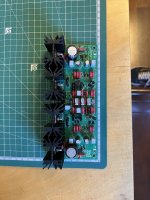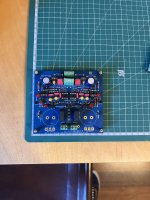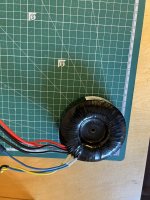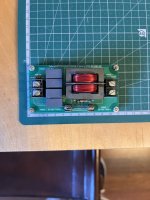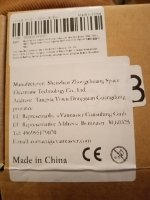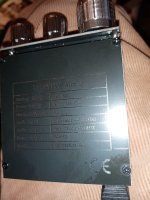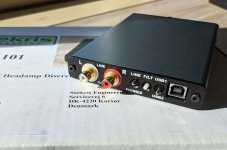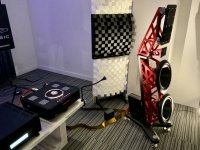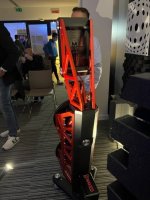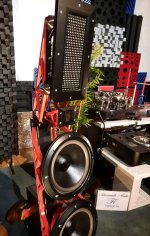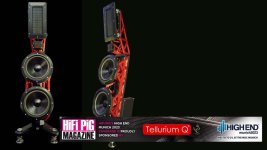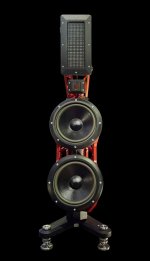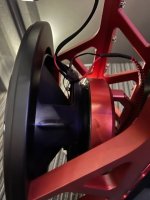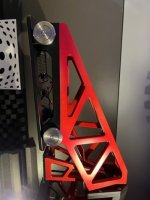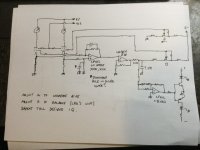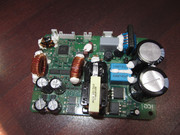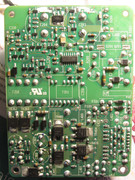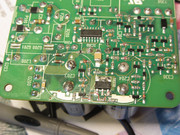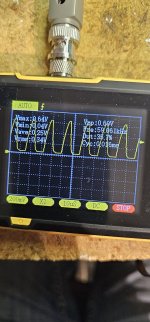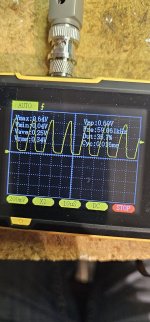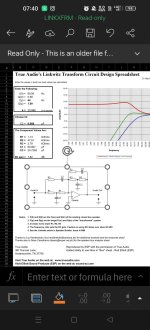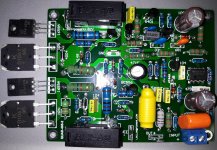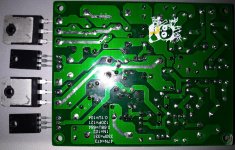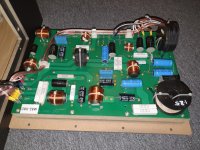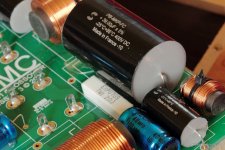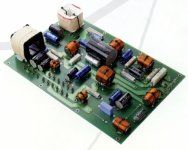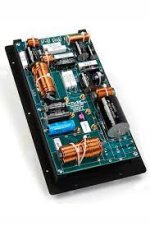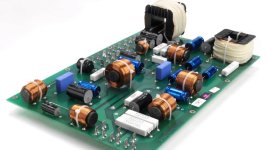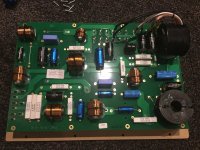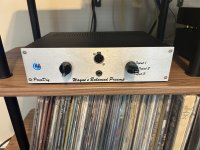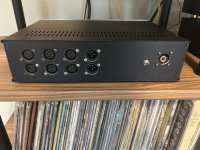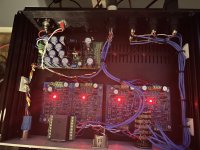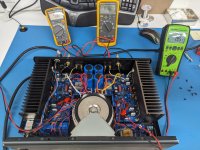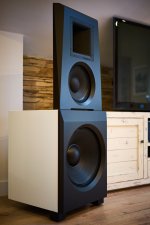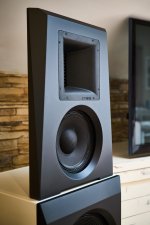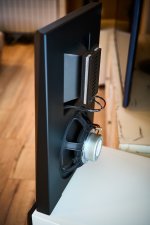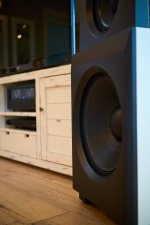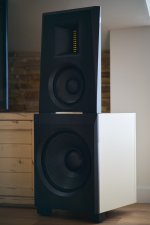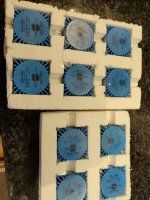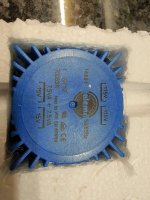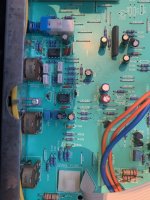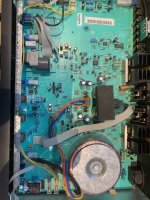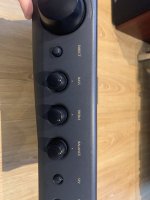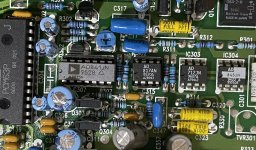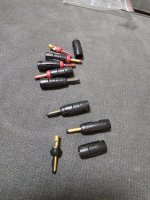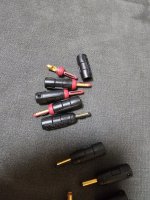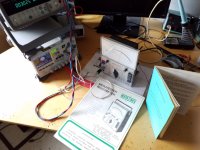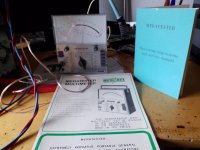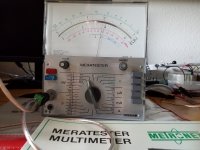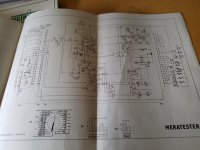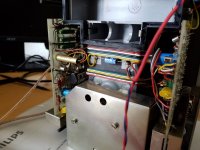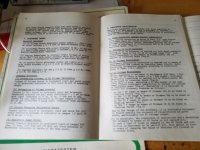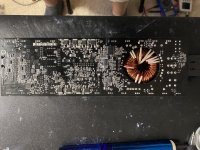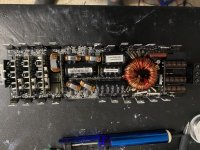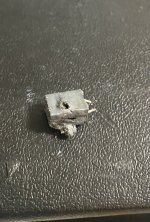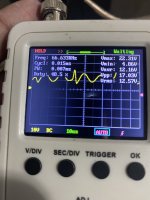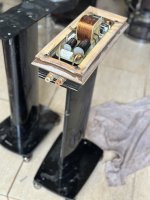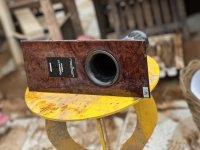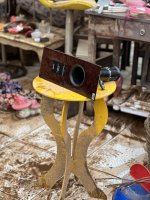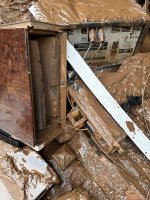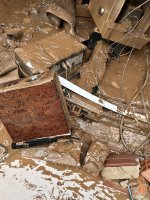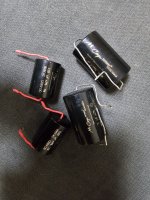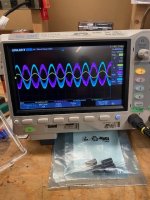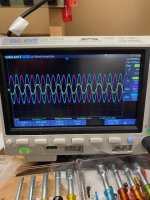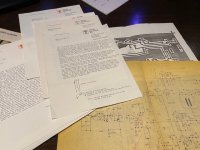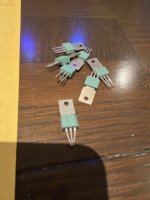Hi guys, I'm building a new place in Thailand, Bangkok. This is an old bank building with several floors, the dance floor will be located on the top floor measuring 140 square meters with a ceiling height of about 3 meters, in which I will need to make sound insulation, in the future, with the possibility of access to the roof. With capacity around 300 people.
The musical direction will be more techno, hard techno, sometimes break beat, old school sounds, perhaps other EDM genres, more focused on the European scene. We will bring artists from different countries and show local people who cannot afford to visit Europe the music scene. It’s sad, but in Bangkok there are practically no good underground clubs, with quality sound, good venue and those that existed have closed, but there are many bands and people with good taste in music.
I've been choosing a sound system for our club for a few weeks and can't decide which one is best for me because I don't have much experience with it. I would also like to allocate a budget for a sound system of 30-50k usd, and considering that in Thailand there is a 40% tax, it is difficult to find.
At the local market we got a
Void Acoustics and my experience about the Void, high-quality sound, but something was missing, you could hear all the conversations of people on the dance floor, and the bass also made you feel a little bad, as if you wanted to vomit. Plus prices for a suitable setup are about 80k usd
Funktion-One - To achieve high-quality sound, you need to be able to tune this sound, I don’t think I’ll be able to find such a person in Thailand who can do it and on a local market i think there is no Funktion-One
L-Acoustics - rented this sound for my event, liked the sound
Photo 1 Photo 2 (
Photos from our event in Bangkok, underground basement)
I've heard that
D&B and
RCF also sound good
Turbosound - I read that Turbosound is more suitable for live performances
What I like about Funktion-One and Void Acoustics is their design, I like the massive sound that creates a positive impression on people. Perhaps there are some other brands with interesting designs?
I would also like to add that this is my first project to open a club, before that we only organized events in different locations and clubs, sometimes in completely empty ones, and rented sound and all other staff
What i need?
- A good monitoring for a DJ
- Quality sound system for the dance floor, the bass of which people will feel on their body in a budget around 30-50k
- Easy to install and manage
- Not difficult to maintain
I also have a couple of questions:
- I really like the look of the Funktion-One Skeletal, is it possible to install them for monitoring for a DJ if the entire sound system in the club is from another brand?
- What to do with subwoofers for a DJ in a small club, is it necessary to install separate subwoofers? Or how to make the DJ also feel the bass from the music he plays?
I am open to ideas an recommendations, if you have questions please ask them.
Any assistance / feedback / thoughts / memes / opinions are appreciated!
Thank you very much for reading and I hope to see you in Thailand on our dance floor!
